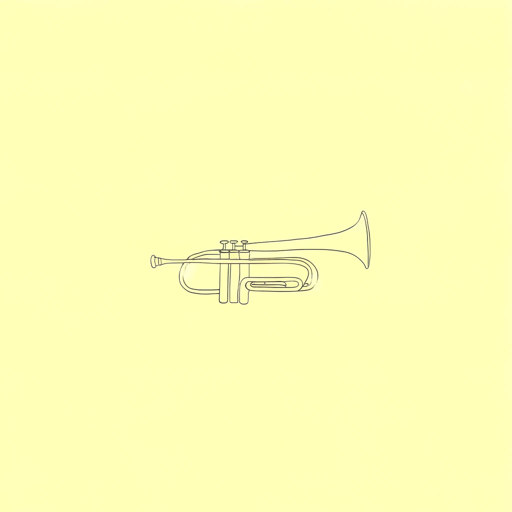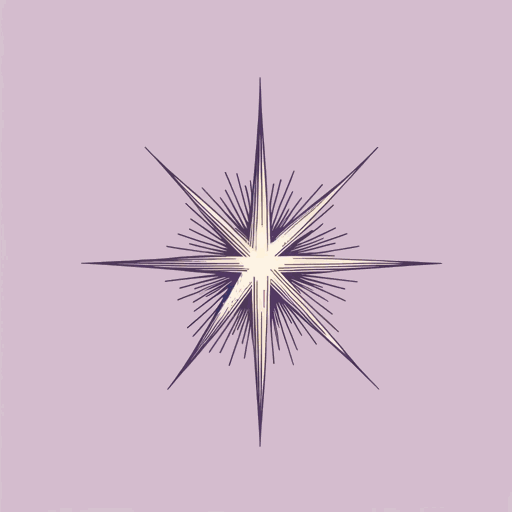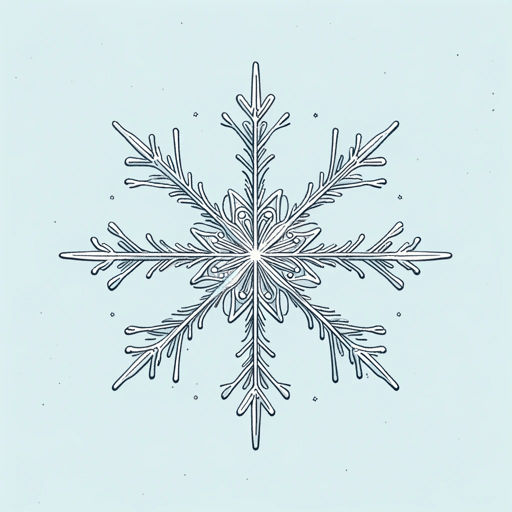17 pages • 34 minutes read
Claude McKayTo One Coming North
Fiction | Poem | Adult | Published in 1922A modern alternative to SparkNotes and CliffsNotes, SuperSummary offers high-quality Study Guides with detailed chapter summaries and analysis of major themes, characters, and more.
Literary Devices
Form and Meter
“To One Coming North” is structured as four quatrains, or, four-line stanzas. Each stanza follows an ABAB rhyme scheme, while the meter of most lines is iambic pentameter. The form McKay uses has elements of the ballad, a poetic form that often contains regularly rhymed quatrains. The iambic implies that each foot of the poem is made up of iambs, which are pairs of syllabic sounds made up of an unstressed sound followed by a stressed sound, such as in the opening phrase of the poem: “At first” (Line 1). Pentameter refers to the occurrence of five such iambs per line. The regular structure, the steady end rhymes, and the sing-song iambic meter lulls the reader into experiencing the poem as a simple song. However, as the poem progresses, it becomes obvious that it has deeper, allegorical meanings and themes.
Alliteration and Assonance
The poem’s most powerful example of alliteration occurs in Line 6 with the repeated “w” and “v” sounds of the phrase “wind-worried void.” Repeated together, the sounds mimic the effect of a cold wind whistling through empty space, thus creating a stark contrast to the magical
Related Titles
By Claude McKay

America
Claude McKay

Home To Harlem
Claude McKay

If We Must Die
Claude McKay

Joy in the Woods
Claude McKay

The Harlem Dancer
Claude McKay

The Lynching
Claude McKay

The Tropics in New York
Claude McKay

The White House
Claude McKay

When Dawn Comes to the City
Claude McKay

